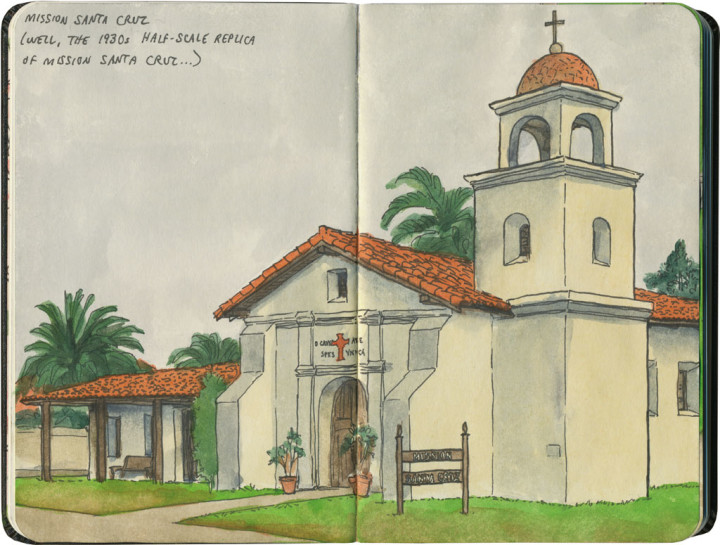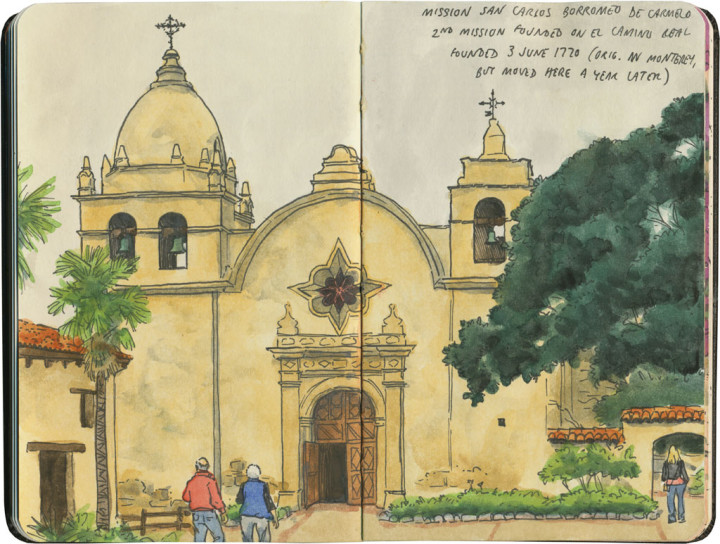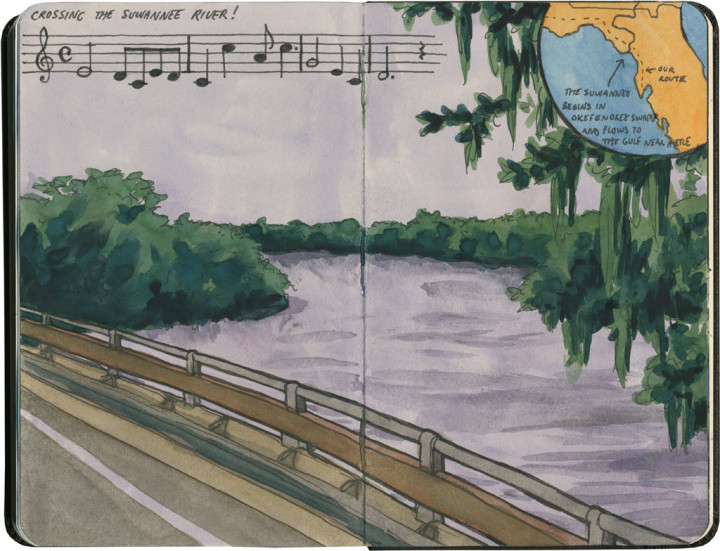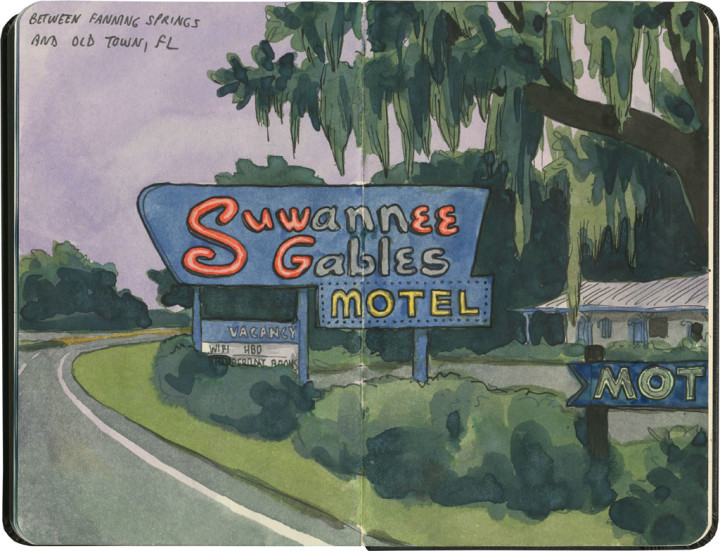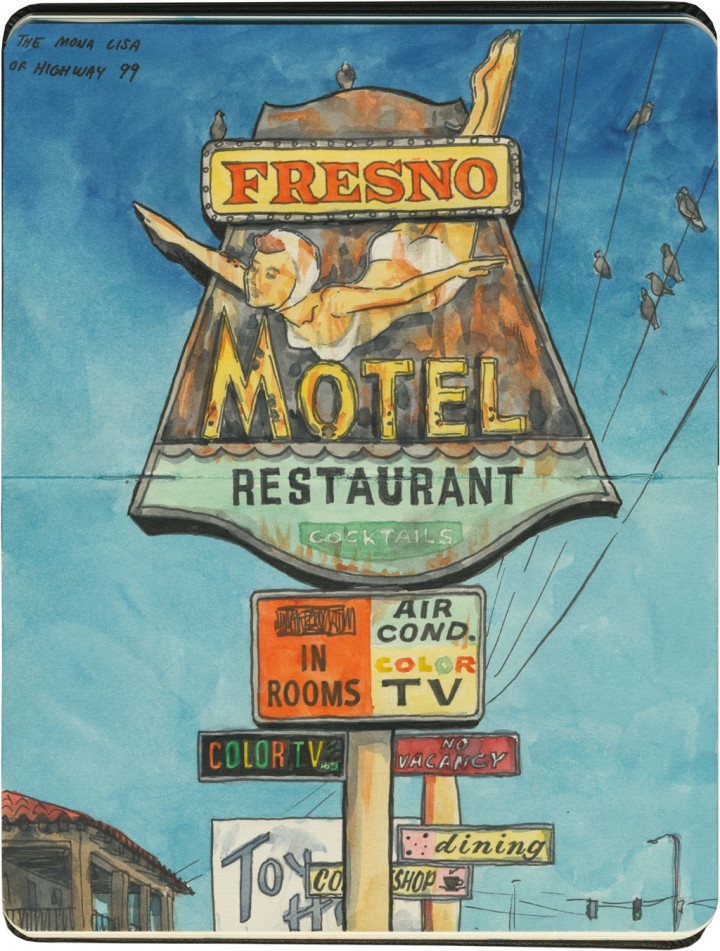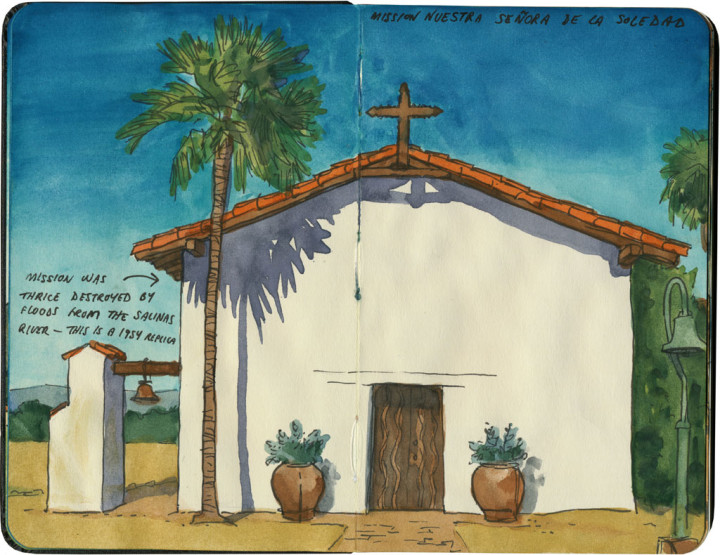
This is the seventeenth installment of my Mission Mondays series, exploring all 21 Spanish Missions along the California coast. You can read more about this series, and see a sketch map of all the missions, at this post.
Like its neighbor in Santa Cruz, Mission Santa Clara de Asís is one of those missions that’s been almost totally reconstructed. When I got around to Santa Clara, I was nearly at the end of my journey along El Camino Real, and by then the tale of yet another rebuilt mission felt like rote litany: earthquake, flood, fire. Earthquake, flood, fire. Yet unlike Santa Cruz or Soledad, which are mere placeholders today, Santa Clara has been remade into something greater than it was before.
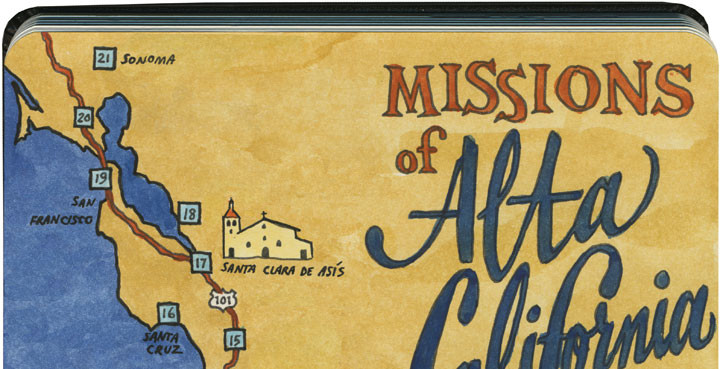
Mission Santa Clara began as one of the earlier missions in the chain (eighth founded), and was the beginning of what is now the sprawling city of San Jose. After a series of typical California disasters over the years (everybody sing along: earthquake, flood, fire), the mission is now on its sixth—yes, sixth—completely rebuilt church. But what’s more interesting is that for the last 150 years or so, the mission has been the centerpiece of Santa Clara University, a Jesuit college that also happens to be the oldest continually operating institution of higher learning in California.
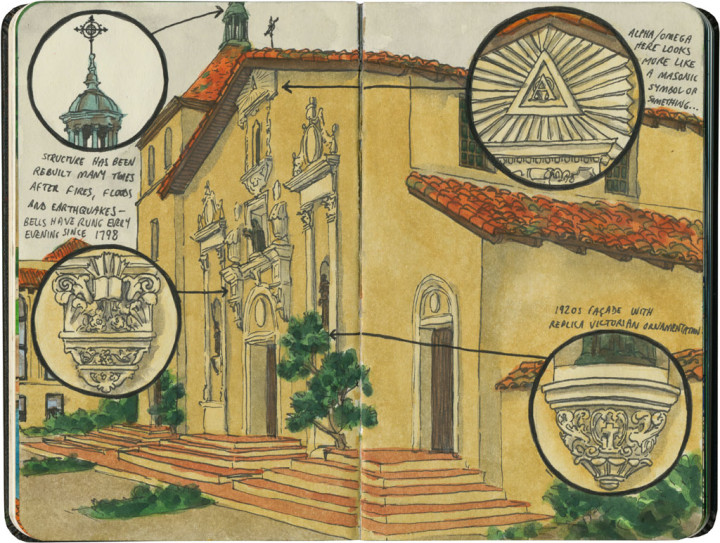
The campus is technically private, but anyone can visit the mission by first checking in at the front gate. The nice security guard gave me a visitor badge so I could wander around the grounds, and I ended up spending the whole morning there. The church looked like it had just had a new coat of paint—all the better to appreciate the façade. It’s a curious thing, built in 1926-28 to resemble the Victorian rebuild/approximation of the 1825 iteration of the church (clear as mud, right?)—all with that distinctive 18th-century Spanish roofline. The result is an anachronistic mish-mash of styles, but for all that it still manages to be a gorgeous building.
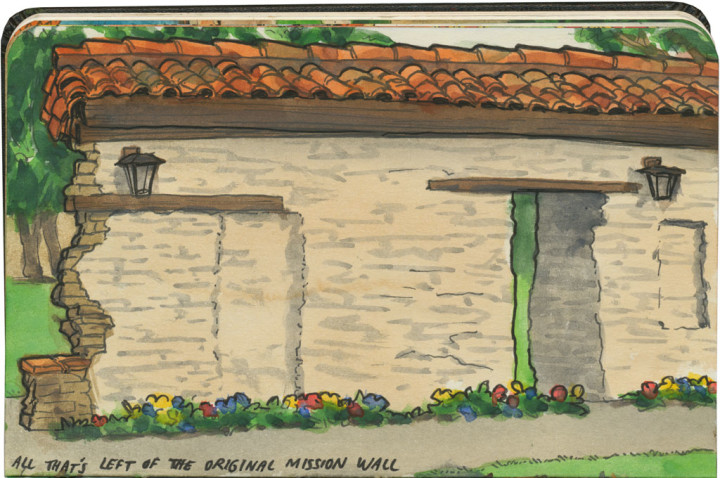
The complex still has a few original remnants, though—like the original adobe brick mission wall…
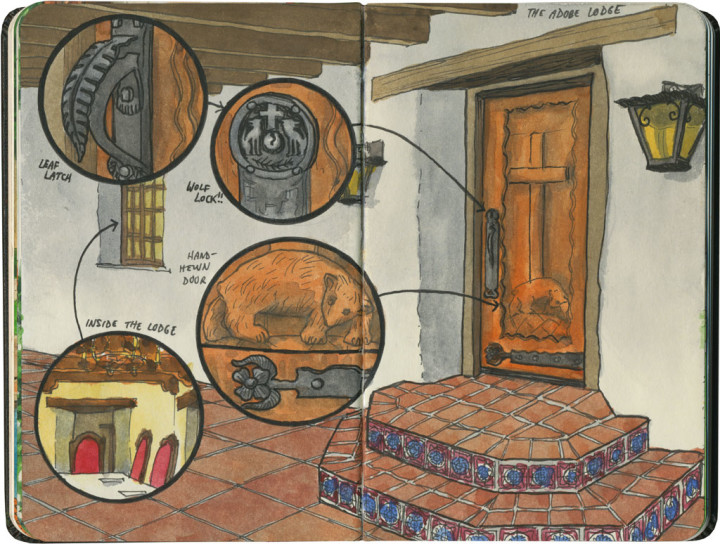
…or the 1822 residence quarters, now called the Adobe Lodge. The Lodge was closed when I was there, so I couldn’t tour the interior, but just the hand-hewn door had enough details to keep me busy for half an hour.
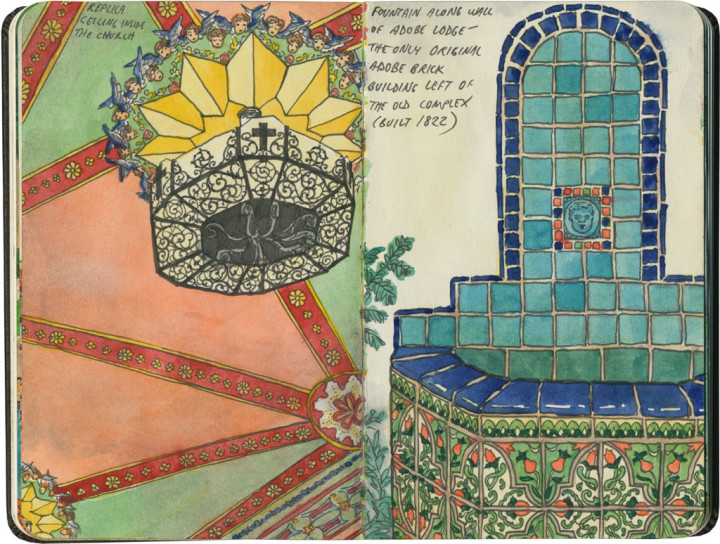
There were other original details to be found, too—as well as newer replica features. And I loved that it wasn’t always easy to tell which was which.
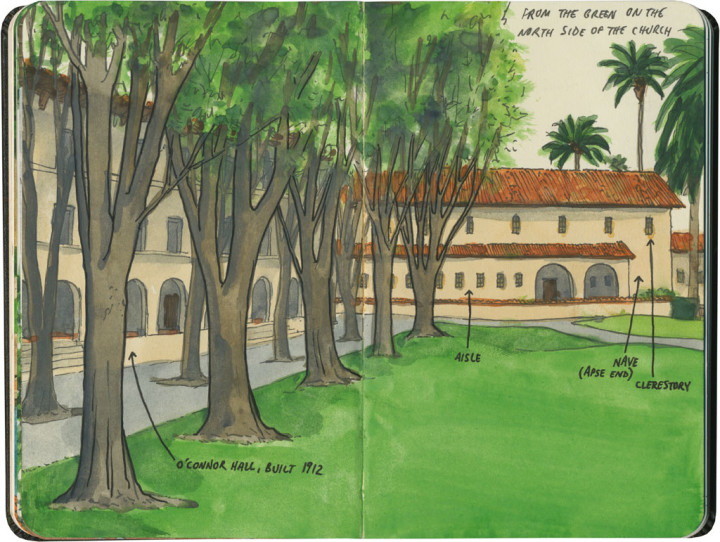
I walked a little further afield to see more of the university campus, and was happy to find that the whole place worked as a harmonious whole. The old mission walls, the rebuilt church, the 20th- and even 21st-century campus buildings all melded together seamlessly. It was the kind of careful consideration that makes my heart happy—and that so seldom seems to happen in America.
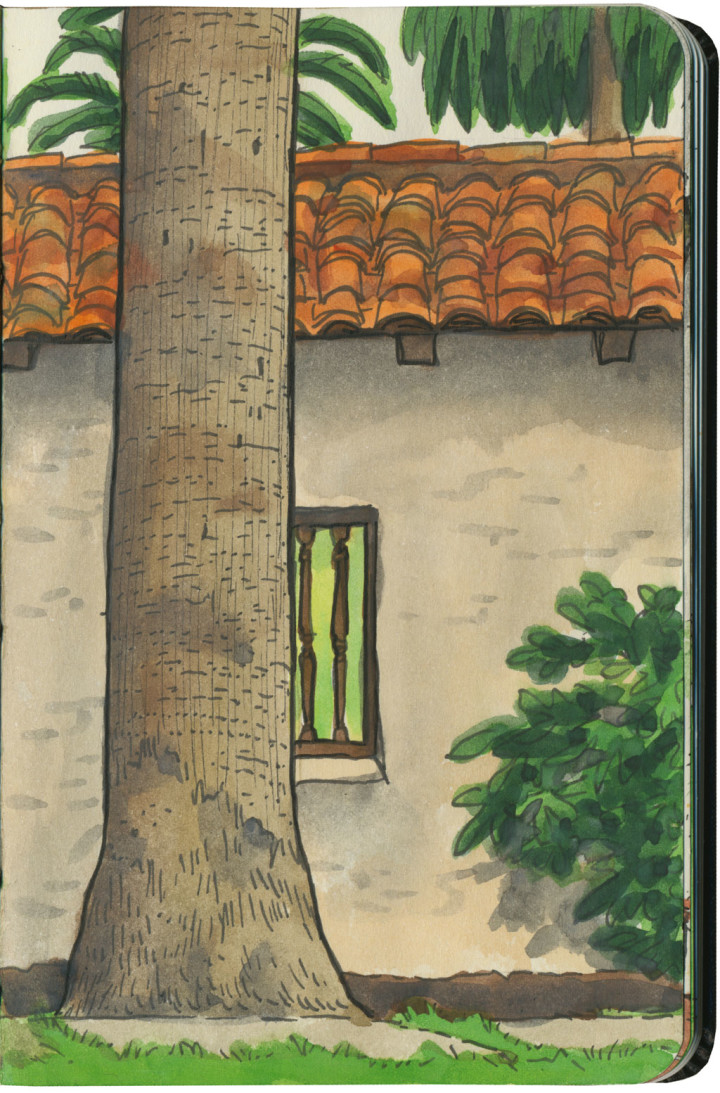
I happened to be there on Ash Wednesday this year—mass had just let out when I got there (which was why I was able to get into the church at all that day), so I expected to see a lot of people around the grounds. Yet I hardly saw anyone else at all, which only added to the peaceful, contemplative feel to the place.
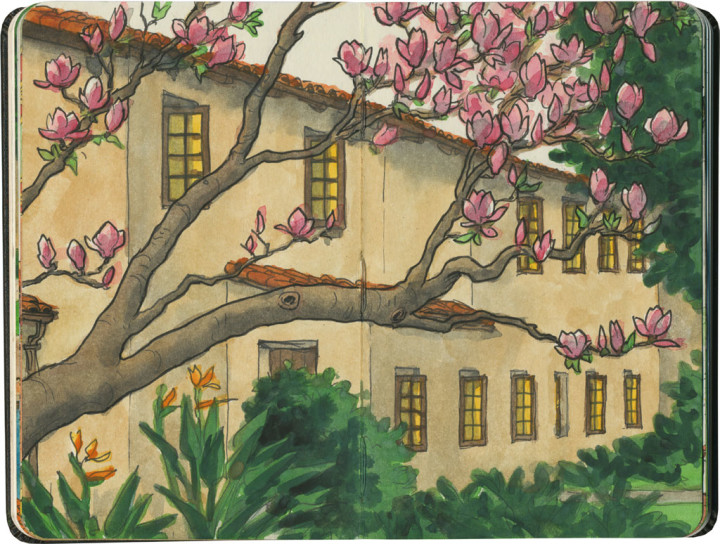
Best of all was turning the corner to the back garden, and finding a massive saucer magnolia in full bloom. Not to be outdone, even the back of the church looked its very best. Every inch of roof beam, every tile, every windowpane, every plane of plaster—everything was pristine. It felt good to know that however many earthquakes, floods or fires may lie ahead (heaven forbid), this place will continue to be well cared for. I can only hope the rest of the missions might be so well loved in future.










